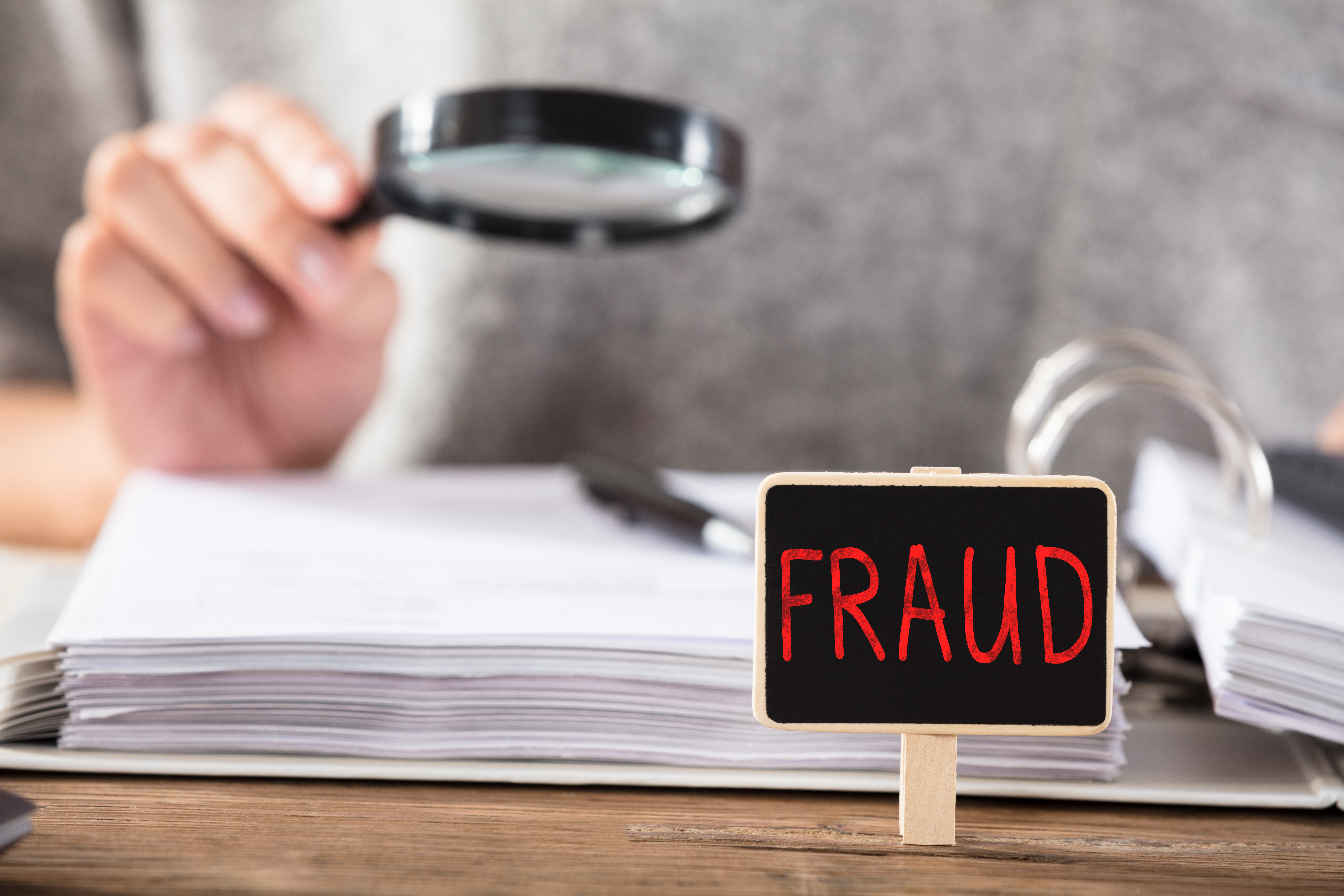Self-Study
Accounting for Managers
Practical guide to Managerial Accounting and Financial Analysis. Develop essential skills for interpreting financial statements, managing transactions, and making informed business decisions through accounting insights.

$396.00 – $436.00
Webcasts are available for viewing Monday – Saturday, 8am – 8pm ET.
Without FlexCast, you must start with enough time to finish. (1 Hr/Credit)
Please fill out the form below and we will reach out as soon as possible.
CPE Credits
18 Credits: Accounting
Course Level
Overview
Format
Self-Study
Course Description
Accounting for Managers offers a comprehensive guide to mastering accounting principles crucial for effective management. This accounting for managers CPE course covers a wide range of topics, from the fundamentals of accounting transactions to the complexities of financial statement analysis and ratio interpretation. You will gain an in-depth understanding of the general ledger structure, the accounting cycle, and the different types of financial statements and their users. The management and accounting CPE course also delves into specialized areas such as payroll systems, investment analysis, and acquisition structures, providing you with a holistic view of accounting and its application in managerial decision-making. By the end of this online self-study accounting CPE course, you will have a robust understanding of accounting principles, enabling you to make informed decisions that positively impact your organization’s operational and financial performance.
Learning Objectives
Upon successful completion of this course, participants will be able to:
- Cite the types of accounting transactions and where they are recorded, as well as the roles of the controller and chief financial officer.
- Specify the different accounting principles and sub-ledger types, as well as the structure of the general ledger, and the reasons for the accounting cycle.
- Identify the types of financial statements and their reporting formats, as well as their users.
- State the types of ratio analysis used to interpret the financial statements, the uses of each one, and their contents.
- Specify the uses to which different account code structures can be put, and the different types of responsibility centers.
- Cite the proper accounting for loss contingencies, compensated absences, research and development, acquired software, and stock-based compensation.
- Specify how the contribution margin, breakeven levels, and margin of safety can be calculated and how they are used, as well as the determinants of demand.
- Identify the types of payroll systems, the uses of the different pay codes, the types of deposit schedules, the criteria for designating a person as an employee, and the penalties associated with payroll tax underpayment.
- State the nature of the analysis methods used to examine possible investments, as well as the advantages of each one.
- Specify the features of the various acquisition structures and the benefits to be gained from each one, as well as the nature of appraisal rights.
- Identify the limitations of direct cost analysis and the components of an activity-based costing analysis.
- Itemize the activities that can be pursued to achieve a target cost when designing a new product, as well as the sources of the required cost analysis information.
- State the main features of a system of constraint analysis, and how this system can be used to improve profits.
- Specify the methods used to derive estimates for a budget, the impact of operational changes on a budget, and how information rolls up through the various subsidiary-level budgets. Also note the calculation methods used to derive production and labor budgets.
- Identify the types of variances, the factors that can trigger different types of variances from the expected amounts, and also note the reports used to reveal variance information.
Course Specifics
SS1163388
March 13, 2025
There are no prerequisites.
None
331
Compliance Information
CMA Notice: Western CPE makes every attempt to maintain our CMA CPE library, to ensure a course meets your continuing education requirements please visit Insitute of Management Accountants (IMA)
CFP Notice: Not all courses that qualify for CFP® credit are registered by Western CPE. If a course does not have a CFP registration number in the compliance section, the continuing education will need to be individually reported with the CFP Board. For more information on the reporting process, required documentation, processing fee, etc., contact the CFP Board. CFP Professionals must take each course in it’s entirety, the CFP Board DOES NOT accept partial credits for courses.
Meet The Experts

Steven M. Bragg, CPA, is a full-time book and course author who has written more than 300 business books and courses. He provides Western CPE with self-study courses in the areas of accounting and finance, with an emphasis on the practical application of accounting standards and management techniques. A sampling of his courses include the The New Controller Guidebook, The GAAP Guidebook, Accountants’ Guidebook, and Closing the Books: An Accountant’s Guide. He also manages the Accounting Best Practices podcast. Steven has been the CFO or controller of both public and private companies and has been a consulting manager with Ernst & Young and …
Related Courses
-
 Accounting
Accounting
Accountants’ Guidebook
Steven M. Bragg, CPA QAS Self-Study
Credits: 30 $600.00
QAS Self-Study
Credits: 30 $600.00$600.00 – $640.00
-
 Accounting
Accounting
Accounting Fraud: Recent Cases
Joseph Helstrom, CPA QAS Self-Study
Credits: 1 $29.00
QAS Self-Study
Credits: 1 $29.00$29.00 – $49.00
-
 Accounting
Accounting
GAAP Guidebook
Steven M. Bragg, CPA QAS Self-Study
Credits: 29 $580.00
QAS Self-Study
Credits: 29 $580.00$580.00 – $620.00
